In a move to safeguard against potential food shortages, the Norwegian government signed an agreement on Tuesday to start the stockpiling of grain. According to the reports, agriculture and food minister Geir Pollestad and four private companies signed the deal to store 30,000 tons of grain. The wheat that will belong to the Norwegian government, will be stored by the companies in facilities across the country. This decision comes in light of recent challenges such as the COVID-19 pandemic, the war in Europe and the impacts of climate change.
Talking to Norwegian broadcaster NRK Pollestad said that Norway will sign further stockpiling contracts in the coming years, with the goal of building up the reserve until 2029. The aim is to have some 82,500 tons of grain in store by the end of the decade “so that we then have enough grain for three months’ consumption by Norway’s population in a crisis situation that may arise,” he said.
The building up of a contingency stock of food grains is about being prepared for the unthinkable, Norway’s ministry for agriculture and food said in a statement.
As of the first quarter of this year, Norway has 5.6 million inhabitants. Last year, the Scandinavian nation said that it would spend 63 million kroner ($6 million) per year on stocking up on grain. Norway had stored grain in the 1950s but closed down its storage sites in 2003 after deciding they were no longer needed.
However, following Russia’s 2022 invasion of Ukraine, Norway set up a commission to evaluate the strengths and weaknesses of its emergency preparedness systems which recommended stockpiling grain products.
The oil-rich country, which has supported Ukraine, also houses the Global Seed Vault in its Svalbard archipelago, some 1,300 kilometers (800 miles) from the North Pole.
Since 2008, gene banks and organizations around the world have deposited nearly 1 million samples of seeds at the vault to back up their own collections in case of human-caused or natural calamities.
The Norwegian government funded the construction cost, while an international nonprofit organization pays for operational costs.
With inputs from agencies.


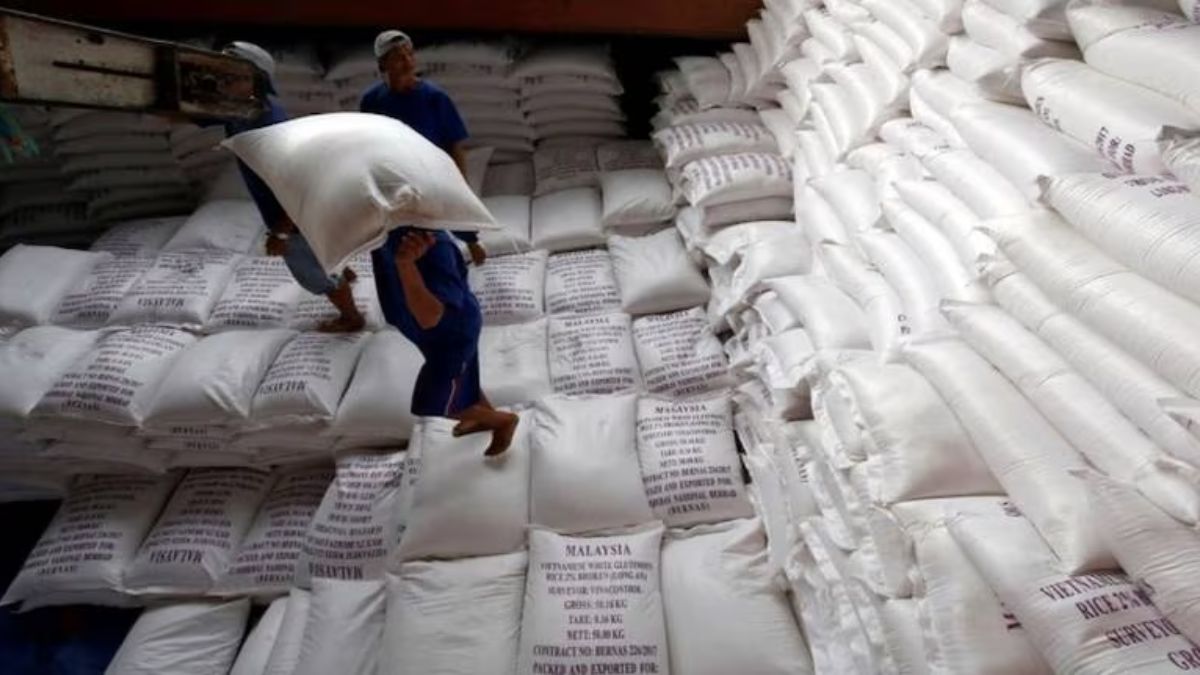)
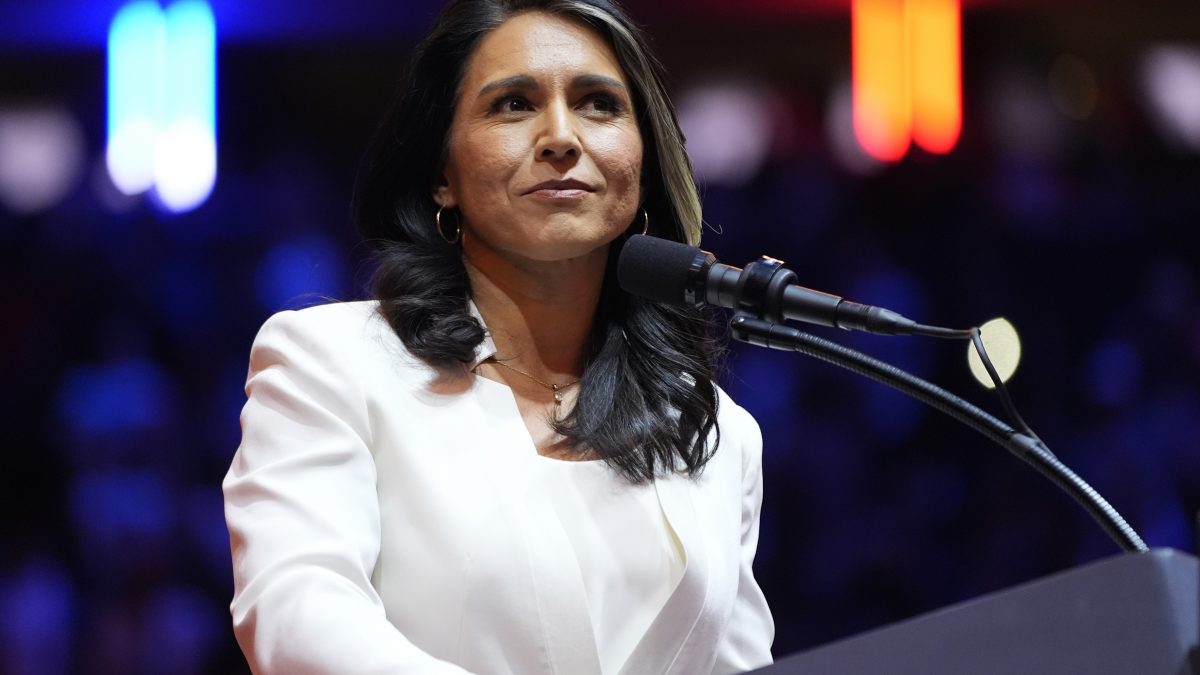)
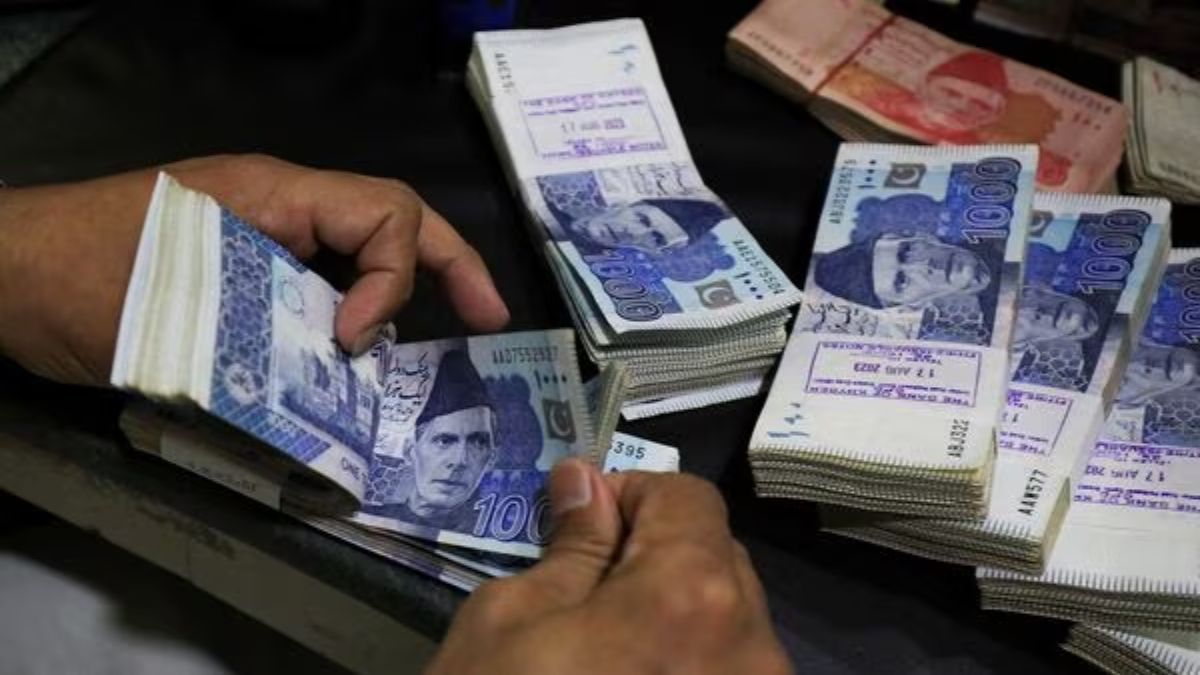)
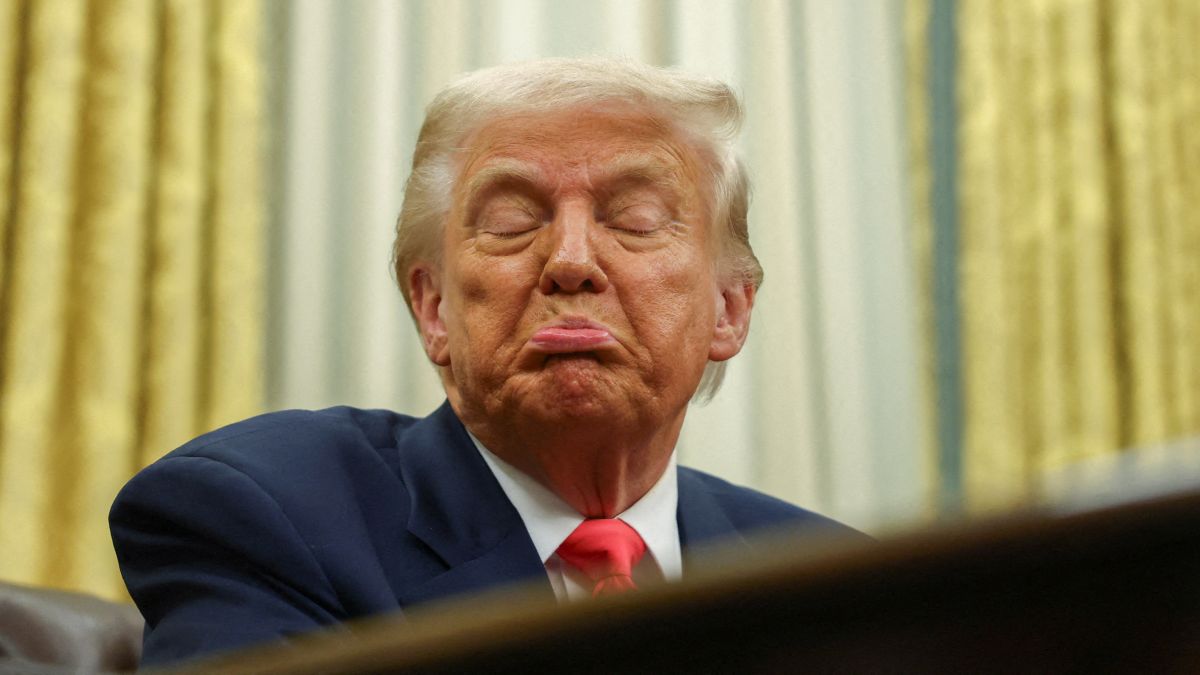)
)
)
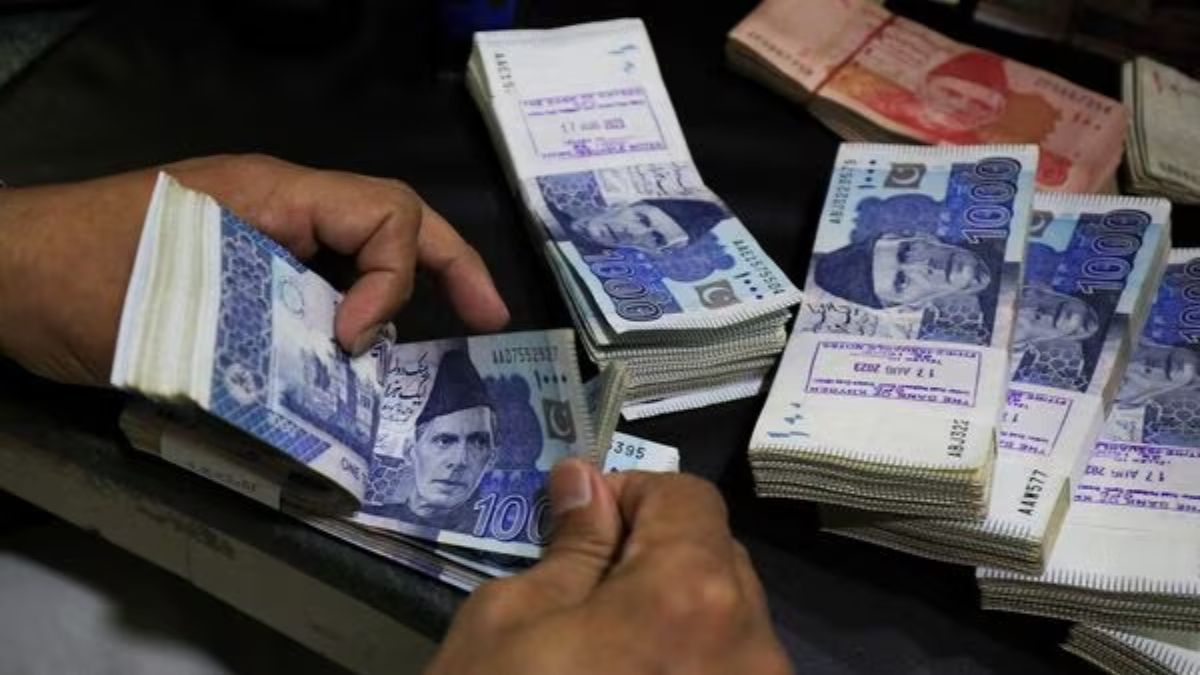)
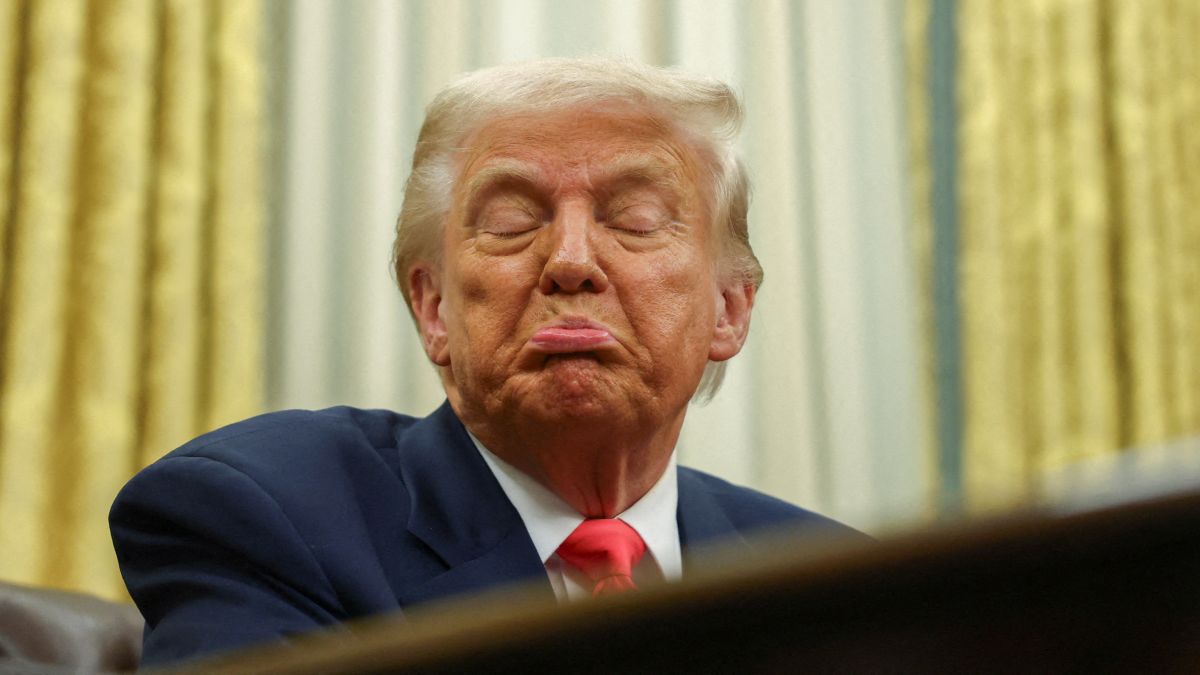)
)



